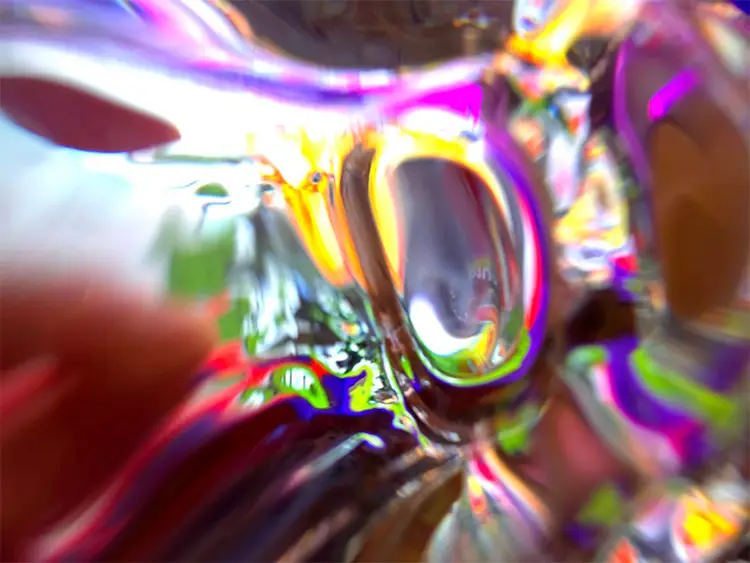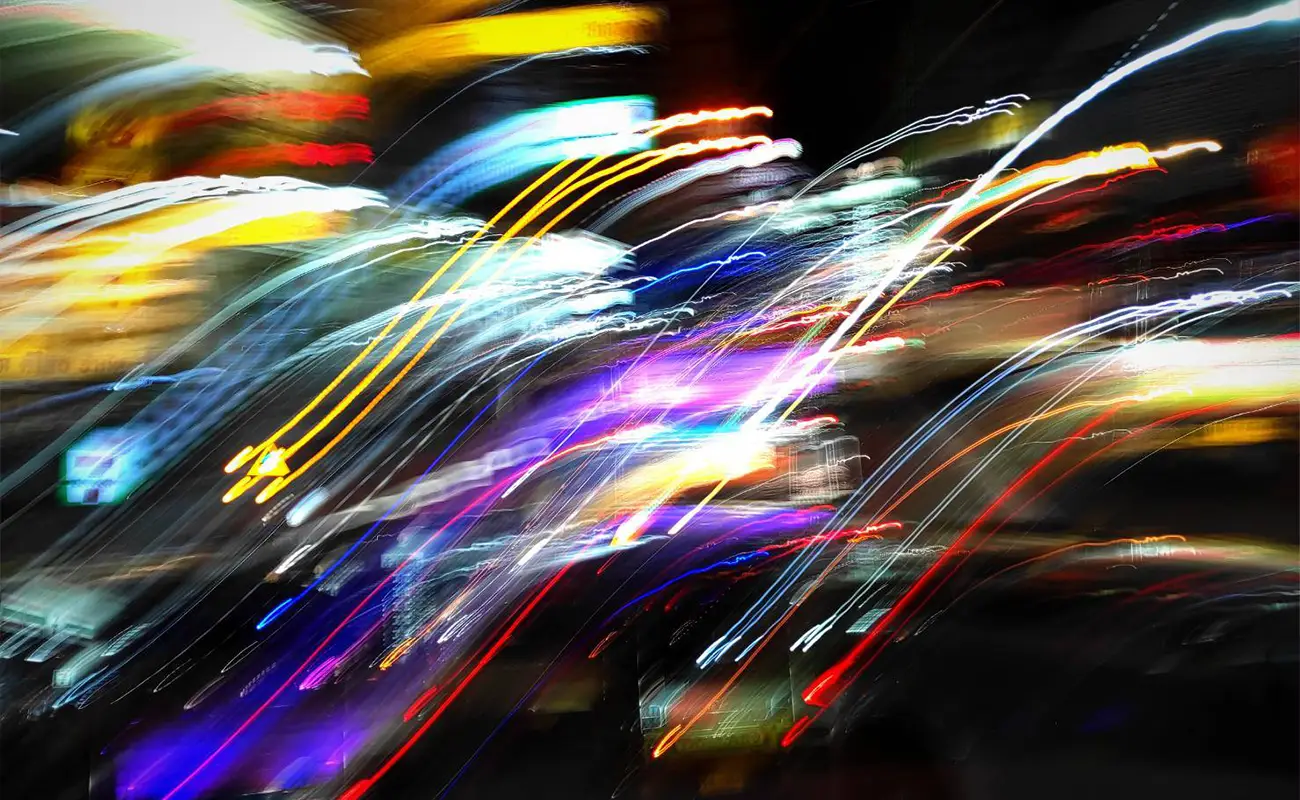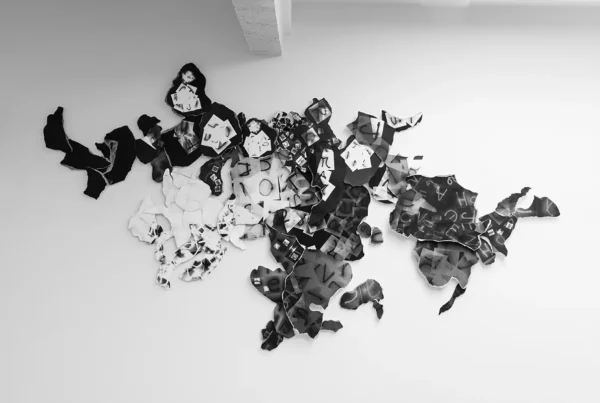“My photographs transcend mere images; they are expressions of the mind, emotions, and inner beauty of my subjects.”
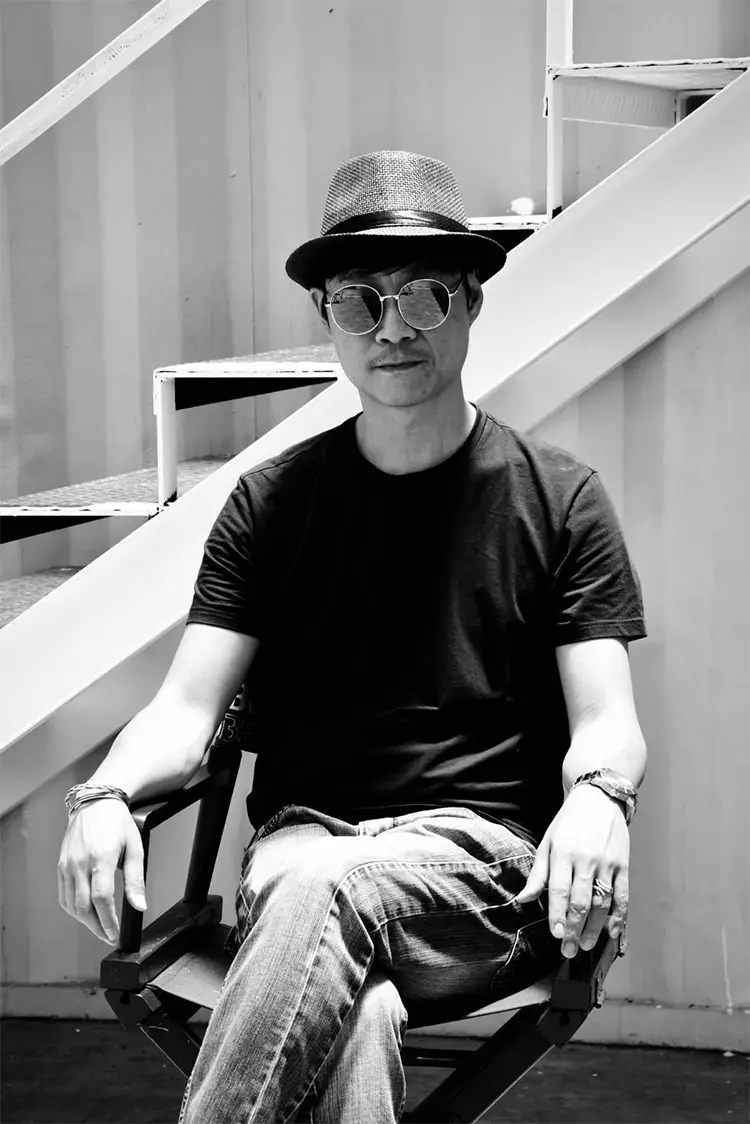
Tracing Light and Feeling: The Awakening of an Artist
The journey of Tony Lian, a Thai photographer, began not with galleries or grand ambitions but with a simple desire to preserve memories. What started as casual snapshots among friends soon ignited something far deeper—a realization that photography could go beyond representation. It could express what words could not: the quiet tremors of emotion, the elusive contours of thought, and the internal beauty often overlooked. As his fascination deepened, so did his artistic vocabulary. Lian found himself drawn to photography’s ability to communicate what is invisible to the eye but vivid in the soul, allowing him to create images that transcend their subjects.
Over time, this burgeoning interest matured into a profound dedication to the art form. The playful beginnings gave way to thoughtful experimentation as Lian pursued new ways to manipulate light, shadow, and composition. Rather than capturing external realities, he began constructing visual experiences that evoke inner states. His camera became a conduit not only for observation but for introspection—an instrument through which emotions and concepts could take visible shape. In doing so, he carved out a style that is less about clarity and more about complexity, offering viewers a portal into the abstract layers that exist just beneath the surface of the seen world.
Lian’s creative direction has always remained rooted in a desire to share experience. Whether through the haunting aura of a landscape or the enigmatic stillness of a face, his work invites a kind of visual empathy—a chance for the audience to feel rather than merely see. This approach is not an escape from reality but an invitation to see it anew, filtered through sensitivity, perception, and craft. His images often blur the boundary between photography and meditation, holding space for emotion in a visual format that resists easy explanation but commands thoughtful attention.
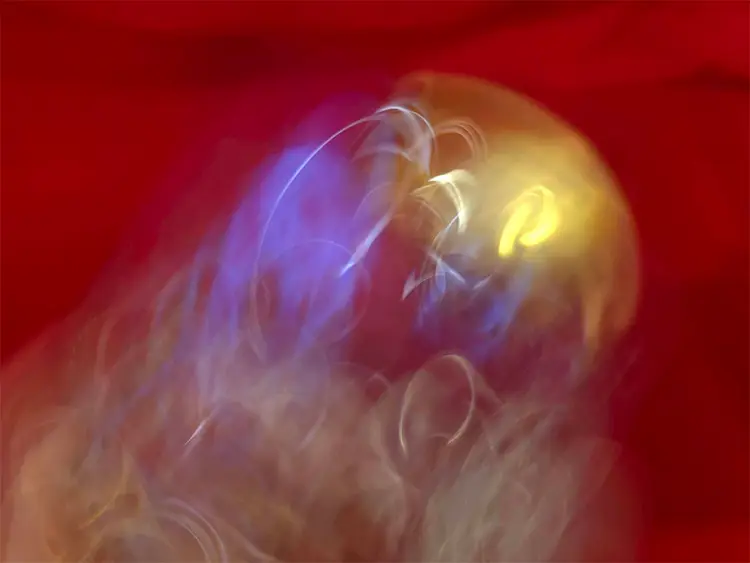
Tony Lian: Photography as Introspection in Motion
While many artists speak of influences or schools of thought, Lian’s inspiration originates from a more personal revelation—the realization that photography could articulate what was previously unspoken. His early explorations may have begun with the simple act of capturing moments, but the more he experimented, the more he uncovered photography’s expressive range. This medium, for him, evolved into a language of emotion and imagination, allowing for the creation of artworks that feel both intensely personal and universally resonant. He moved from documenting to translating, turning moments into meaning.
Lian’s signature aesthetic embraces abstraction as a way of reaching emotional depth. He constructs his photographs through subtle manipulations of texture, luminosity, and spatial ambiguity. Rather than emphasizing clear narrative or documentation, his images often feel suspended in a space between dream and memory. They encourage the viewer to pause and interpret—not by decoding a fixed message, but by bringing their own emotions into dialogue with the work. Each piece is less a statement and more a question, an invitation to witness what lies beneath appearances.
One of the most defining characteristics of Lian’s style is the way he captures the intangible. Whether working with light slanting across a courtyard or shadows shifting across a surface, his focus remains on the atmosphere rather than the object. It’s an approach that requires patience and presence—an attentiveness to what is often dismissed or overlooked. For Lian, photography becomes a form of listening: to space, to silence, and to the emotions hiding within the ordinary. This sensitivity to the unseen marks his work with a distinct emotional resonance that sets it apart.
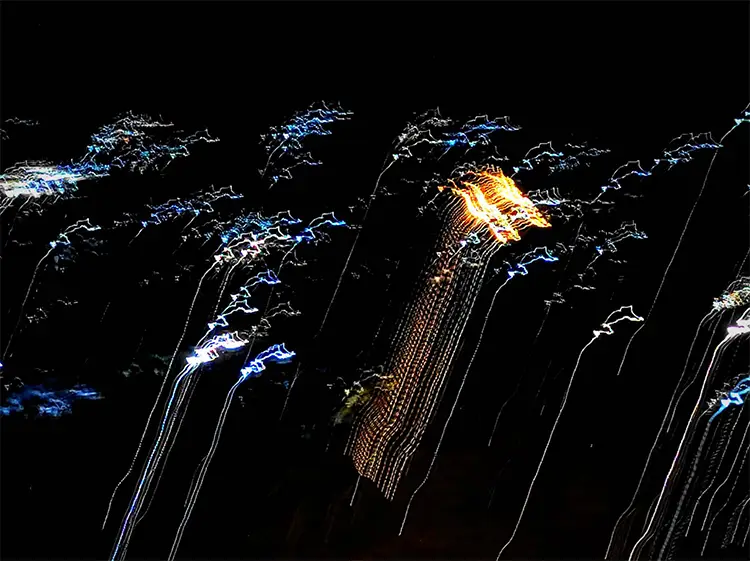
Rhythms of Creation: Space, Sound, and Solitude
Lian does not rely on a traditional or static workspace to produce his photography. Instead, he draws inspiration from both public and private environments, adapting fluidly to the moment’s needs. While the unpredictable nature of public settings can be emotionally taxing—particularly when attention is directed toward him rather than the work—these spaces also offer a dynamic palette of interactions and elements. They provide a raw, unfiltered backdrop that contributes to the spontaneity and realism of his shots. Still, when seeking deeper focus, he often gravitates toward more controlled environments.
In quieter settings, particularly studios or his personal room, Lian finds a more meditative rhythm. These spaces allow him to engage more intimately with his process, often accompanied by trance music that helps him reach a state of heightened concentration. The hypnotic, layered nature of trance serves as a mental anchor, aligning his thoughts and emotions with the creative act. This music facilitates a sense of flow, guiding him through moments of inspiration and technical execution. For Lian, sound is not just a background element—it becomes part of the visual process, helping shape the emotional tone of his work.
Whether navigating a bustling street or crafting an image in solitude, Lian remains committed to being fully present in the creative act. Distractions are inevitable, but he approaches them not as obstacles but as variables to be integrated into the experience. His adaptability allows him to stay responsive to changes in energy, light, and atmosphere. By letting the moment dictate his choices rather than forcing control, he allows his work to grow organically. This approach underscores a central tenet of his philosophy: that meaningful art emerges not from perfect conditions, but from the artist’s ability to remain emotionally and perceptually open.
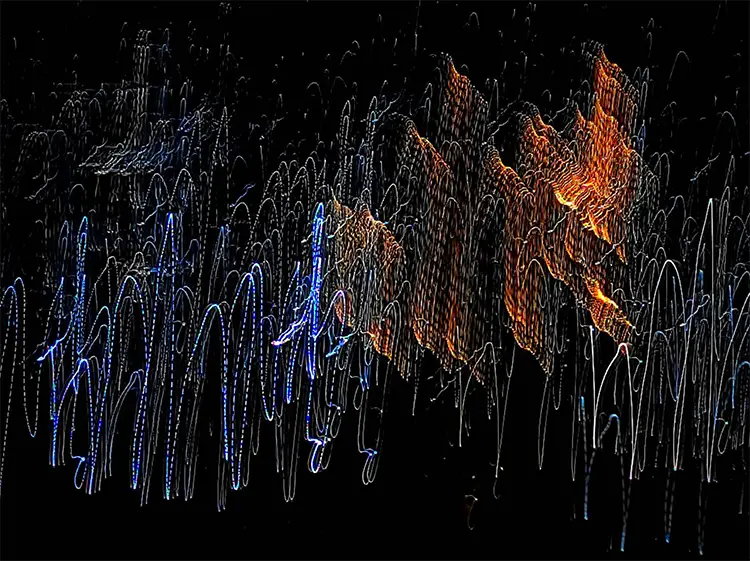
Tony Lian: The Art of Remembering and Becoming
Among Lian’s body of work, two photographs—“Dragon” and “Qilin,” both created in 2022—hold exceptional personal and artistic significance. Captured in the Thai countryside, these pieces arose from a moment that combined technical challenge with profound emotional grounding. He spent extended time working in a quiet courtyard, studying the nuances of natural light. But it was not just the visuals that made the experience unforgettable. Surrounded by family, Lian was immersed in a rare period of connection and reflection. The resulting photographs carry not only artistic merit but the resonance of lived experience.
These images represent more than a visual milestone; they marked a pivotal shift in Lian’s creative identity. No longer was he merely composing with a camera—he was constructing visual poetry through deliberate choices in tone, form, and emotional rhythm. “Dragon” and “Qilin” confirmed his belief that photography could do more than reflect—it could reveal. Through careful orchestration of light and atmosphere, he achieved works that felt entirely original and emotionally authentic. They demonstrated to him that photography was not simply a method of capturing the world, but a way of interpreting and transforming it.
Looking toward the future, Lian envisions a solo exhibition that charts the progression of his artistic life. This imagined showcase would not merely highlight standout pieces; it would serve as a visual autobiography, tracing the changes in his technique, perspective, and inner world. It’s a project still in gestation, accumulating substance as he continues to grow. More than a career milestone, this exhibition would encapsulate the evolution of his relationship with photography itself—from hobby to calling, from curiosity to clarity. It is a dream shaped by years of exploration, waiting patiently to come into full expression.
